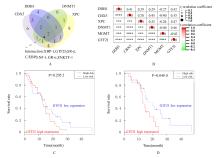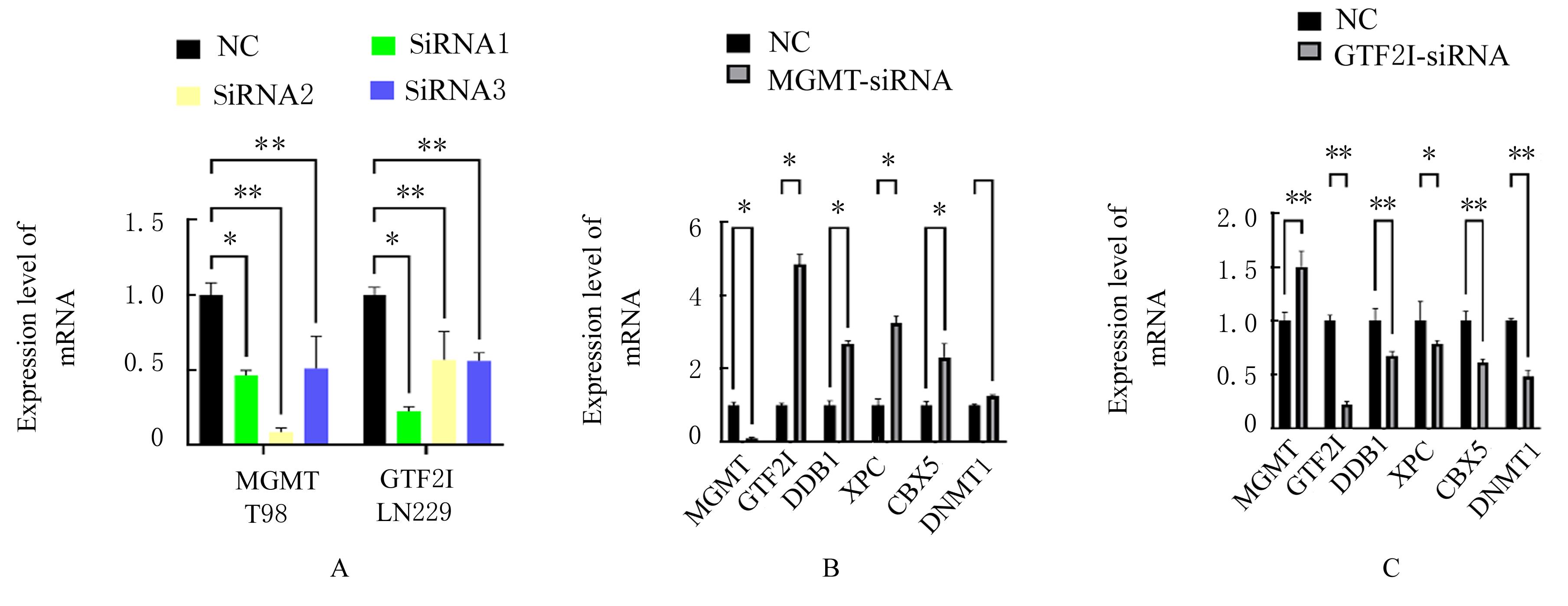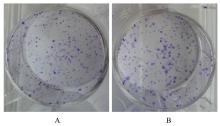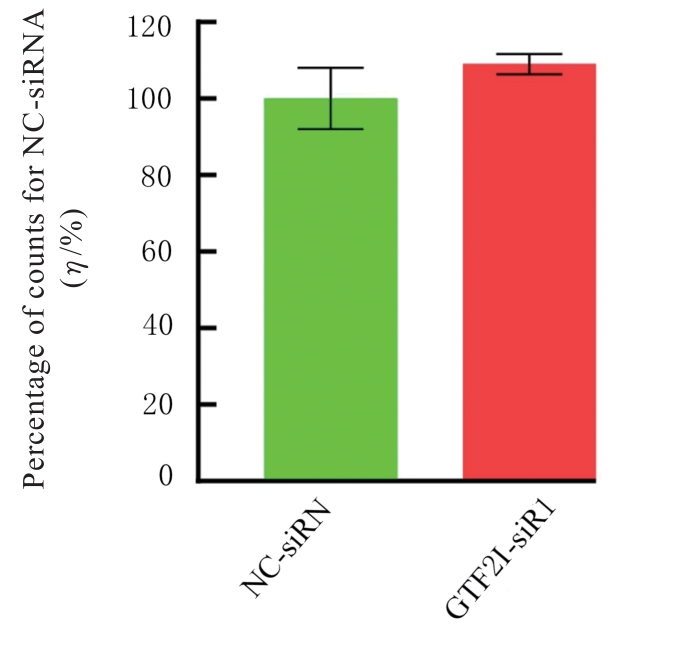| 1 |
LOUIS D N, PERRY A, WESSELING P, et al. The 2021 WHO classification of tumors of the central nervous system: a summary[J]. Neuro-oncology, 2021, 23(8): 1231-1251.
|
| 2 |
DE SILVA M I, STRINGER B W, BARDY C. Neuronal and tumourigenic boundaries of glioblastoma plasticity[J]. Trends Cancer, 2023, 9(3): 223-236.
|
| 3 |
HORBINSKI C, BERGER T, PACKER R J, et al. Clinical implications of the 2021 edition of the WHO classification of central nervous system tumours[J]. Nat Rev Neurol, 2022, 18(9): 515-529.
|
| 4 |
ZHANG X N, YANG K D, CHEN C, et al. Pericytes augment glioblastoma cell resistance to temozolomide through CCL5-CCR5 paracrine signaling[J]. Cell Res, 2021, 31(10): 1072-1087.
|
| 5 |
TOMAR M S, KUMAR A, SRIVASTAVA C, et al. Elucidating the mechanisms of Temozolomide resistance in gliomas and the strategies to overcome the resistance[J].Biochim Biophys Acta Rev Cancer, 2021, 1876(2): 188616.
|
| 6 |
CHEN X Y, ZHANG M J, GAN H Y, et al. A novel enhancer regulates MGMT expression and promotes temozolomide resistance in glioblastoma[J]. Nat Commun, 2018, 9(1): 2949.
|
| 7 |
CHRISTMANN M, KAINA B. Epigenetic regulation of DNA repair genes and implications for tumor therapy[J].Mutat Res Rev Mutat Res,2019,780: 15-28.
|
| 8 |
WU S F, LI X L, GAO F, et al. PARP-mediated PARylation of MGMT is critical to promote repair of temozolomide-induced O6-methylguanine DNA damage in glioblastoma[J]. Neuro Oncol, 2021,23(6): 920-931.
|
| 9 |
OMURO A, BRANDES A A, CARPENTIER A F, et al. Radiotherapy combined with nivolumab or temozolomide for newly diagnosed glioblastoma with unmethylated MGMT promoter: an international randomized phase Ⅲ trial[J].Neuro Oncol,2023,25(1): 123-134.
|
| 10 |
YI G Z, HUANG G L, GUO M L, et al. Acquired temozolomide resistance in MGMT-deficient glioblastoma cells is associated with regulation of DNA repair by DHC2[J]. Brain, 2019, 142(8): 2352-2366.
|
| 11 |
XIE J L, LIU J, LIAN Z Y, et al. Association of GTF2IRD1-GTF2I polymorphisms with neuromyelitis optica spectrum disorders in Han Chinese patients[J]. Neural Regen Res, 2019, 14(2): 346-353.
|
| 12 |
KOPP N D, NYGAARD K R, LIU Y T, et al. Functions of Gtf2i and Gtf2ird1 in the developing brain: transcription, DNA binding and long-term behavioral consequences[J]. Hum Mol Genet, 2020, 29(9): 1498-1519.
|
| 13 |
DEURLOO M H S, TURLOVA E, CHEN W L,et al. Transcription factor 2I regulates neuronal development via TRPC3 in 7q11.23 disorder models[J]. Mol Neurobiol, 2019, 56(5): 3313-3325.
|
| 14 |
FAN A X, PAPADOPOULOS G L, HOSSAIN M A, et al. Genomic and proteomic analysis of transcription factor TFⅡ - Ⅰ reveals insight into the response to cellular stress[J]. Nucleic Acids Res, 2014, 42(12):7625-7641.
|
| 15 |
ROY A L. Role of the multifunctional transcription factor TFⅡ - Ⅰ in DNA damage repair[J]. DNA Repair, 2021, 106: 103175.
|
| 16 |
MESSEGUER X, ESCUDERO R, FARRÉ D, et al. PROMO: detection of known transcription regulatory elements using species-tailored searches[J]. Bioinformatics, 2002, 18(2): 333-334.
|
| 17 |
FARRÉ D, ROSET R, HUERTA M, et al. Identification of patterns in biological sequences at the ALGGEN server: PROMO and MALGEN[J]. Nucleic Acids Res, 2003, 31(13): 3651-3653.
|
| 18 |
LI K S, HUANG G L, WANG Z Y, et al. IKBIP, a novel glioblastoma biomarker, maintains abnormal proliferation of tumor cells by inhibiting the ubiquitination and degradation of CDK4[J]. Biochim Biophys Acta Mol Basis Dis, 2023, 1869(1): 166571.
|
| 19 |
LIU D Z, CHENG Y, QIAO S, et al. Nano-codelivery of temozolomide and siPD-L1 to reprogram the drug-resistant and immunosuppressive microenvironment in orthotopic glioblastoma[J].ACS Nano,2022,16(5):7409-7427.
|
| 20 |
HAJHEIDARI M, HUANG S S C. Elucidating the biology of transcription factor-DNA interaction for accurate identification of cis-regulatory elements[J]. Curr Opin Plant Biol, 2022, 68: 102232.
|
| 21 |
VIEIRA M S, SANTOS A K, VASCONCELLOS R, et al. Neural stem cell differentiation into mature neurons: mechanisms of regulation and biotechnological applications[J]. Biotechnol Adv, 2018, 36(7): 1946-1970.
|
| 22 |
TANIKAWA M, WADA-HIRAIKE O, YOSHIZAWA-SUGATA N,et al.Role of multifunctional transcription factor TFⅡ - Ⅰ and putative tumour suppressor DBC1 in cell cycle and DNA double strand damage repair[J]. Br J Cancer, 2013, 109(12): 3042-3048.
|
| 23 |
WONG K K. DNMT1: a key drug target in triple-negative breast cancer[J]. Semin Cancer Biol, 2021, 72: 198-213.
|
 ),Hongquan YU1(
),Hongquan YU1( )
)













